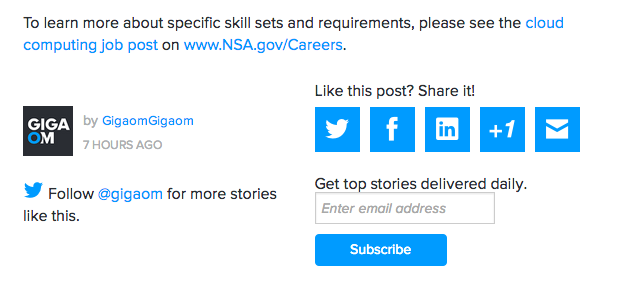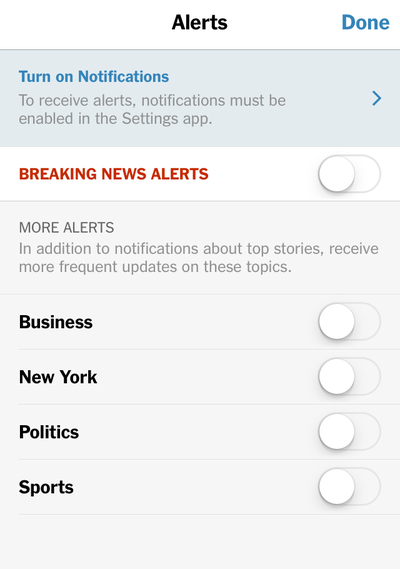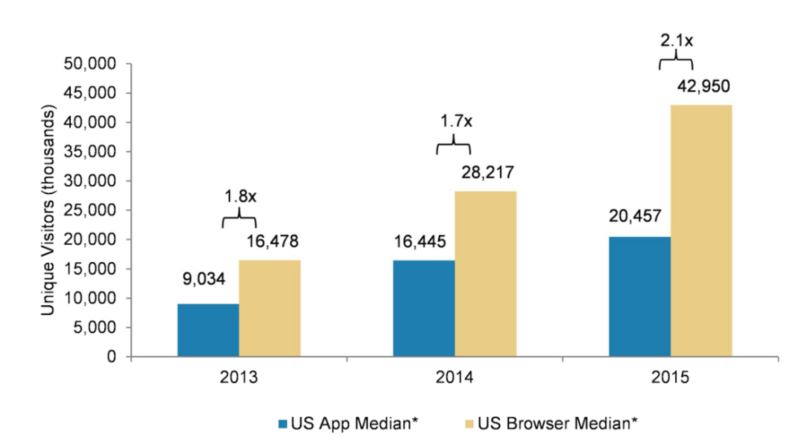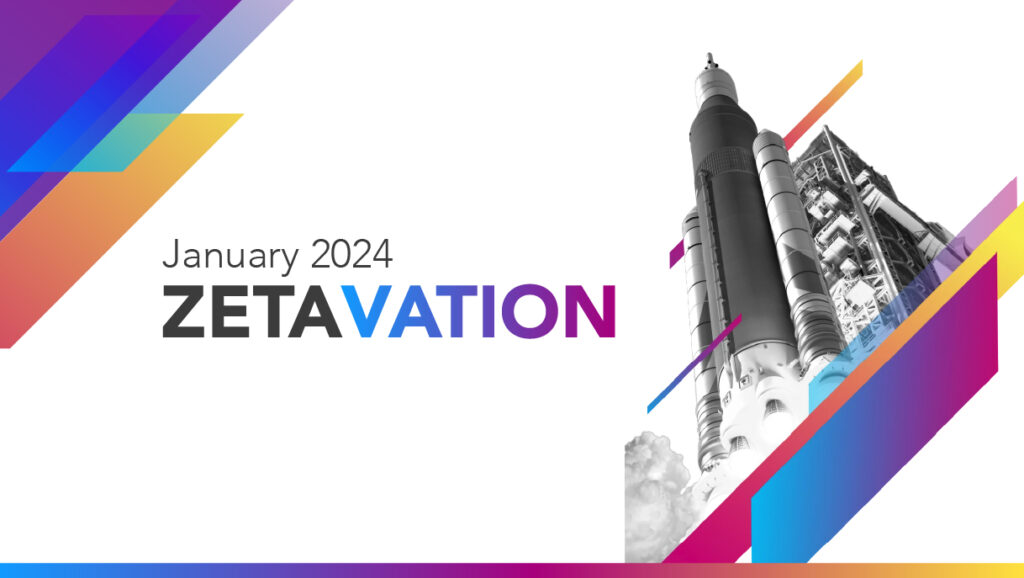
3 Major Online Publishing Industry Trends For 2017
Online Publishing is exploding, but many publishers are still figuring out how to build a highly converting revenue stream online. The transition from print to digital has brought new challenges and opportunities to publishers of news and media. We took a look at the online publishing industry trends for publishers to keep in mind to make the best of in 2017.
Native Ads and Content: Build Trust, Stay Transparent
Native advertising and content has become an inevitable opportunity for publishers to bring in revenue to their publications. While print publishers sold ads, online publishers sell space to brands and organizations for sponsored content pieces. This is a big point of contention for journalists and the public around the world. Their argument? Ads are bad enough, now we need to read content that is purely promotional and paid for by advertisers and big brands – is this ethical? Gigaom’s recent native ad for the NSA raised alarm for similar reasons. As a company that positions itself an industry leader in technology research, accepting a sponsored ad from NSA was equivalent to them promoting NSA’s snoopery – breaking the trust that they built in their readers over years.

Online publishers need to check that the native content they use builds trust and stays transparent – or they run the risk of losing brand reputation and being labeled sellouts. A great example of native advertising that didn’t suck is NYT’s coverage of women inmates in US prisons, sponsored by the Netflix show, Orange is the new Black. It also shows how publishers can pick and choose who they accept sponsorship from and be more creative with the process.
Personalization and Content Recommendations Across Websites
Personalization and Content Recommendations are a publishing industry trend right now for a reason. Online readers today are more tuned in to the consuming content on social channels (pre-personalized.) This experience needs to translate into onsite experiences, mobile browsing, content suggestions, personalized email newsletters to subscribers and a whole lot more.

Publishers like the New York Times and Washington Post have experimented with onsite personalization and customizable push alerts that allow readers to tailor notifications to their interests: this way they’ll never receive an annoying push notification again, because the content is something they are actually interested in.

Optimizing Websites for Reading
A few years ago, every online publisher was making an app to promote their content and figuring out to how to send the right amount of push notifications to subscribers. Mobile apps were the online publishing industry trend to follow. In 2012, a study from Mashable mentioned how twice as many readers of online news prefer web browsers to apps.

Image: Morgan Stanley rendering of comScore data
While that many not entirely be the case in 2016, the percentage of customers that prefer web and mobile browsers to reading is not very different from those that prefer mobile apps. In fact, bad mobile web experiences are the reasons many readers use apps. Online publishers need to make sure that their content is optimized for the mobile web reader’s experience – not just on their apps.


